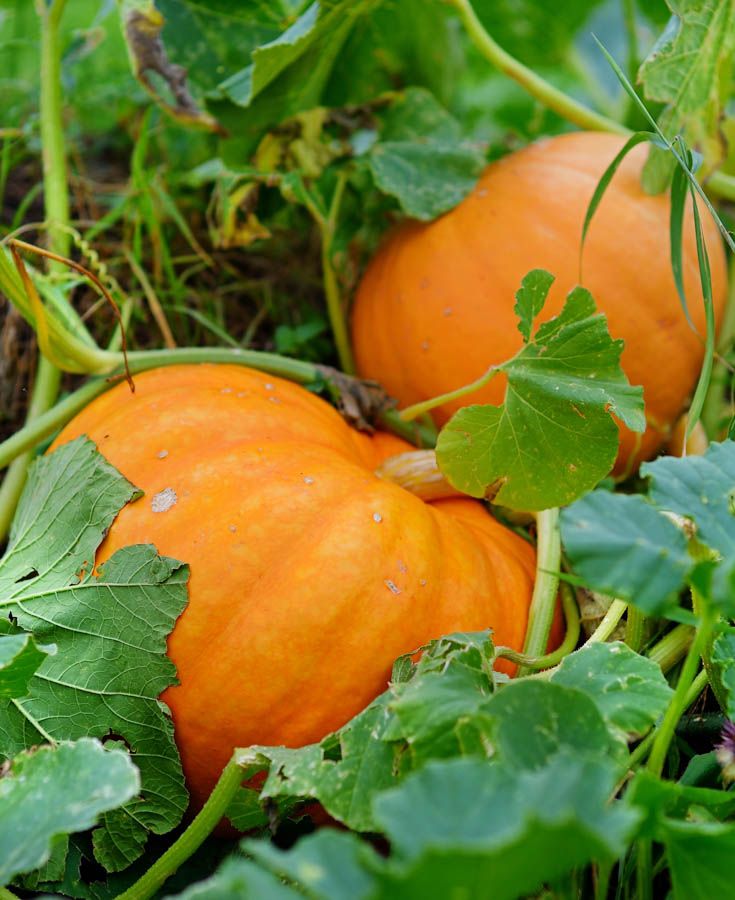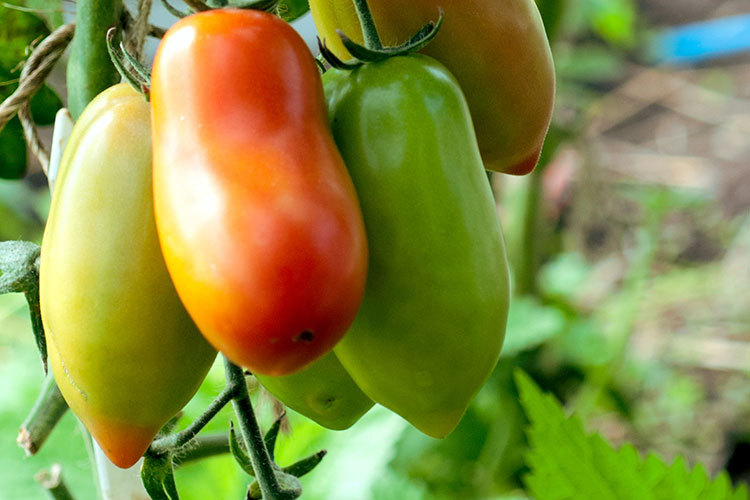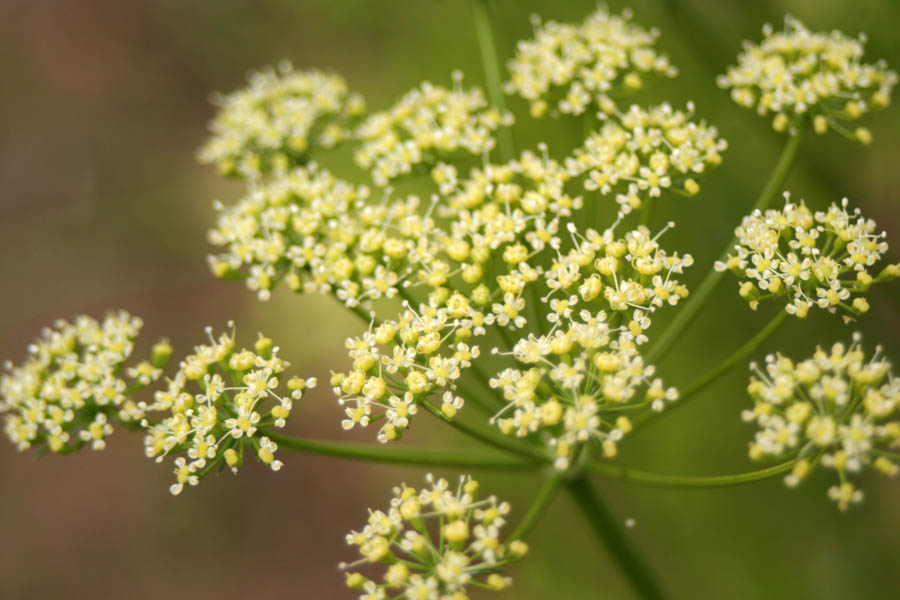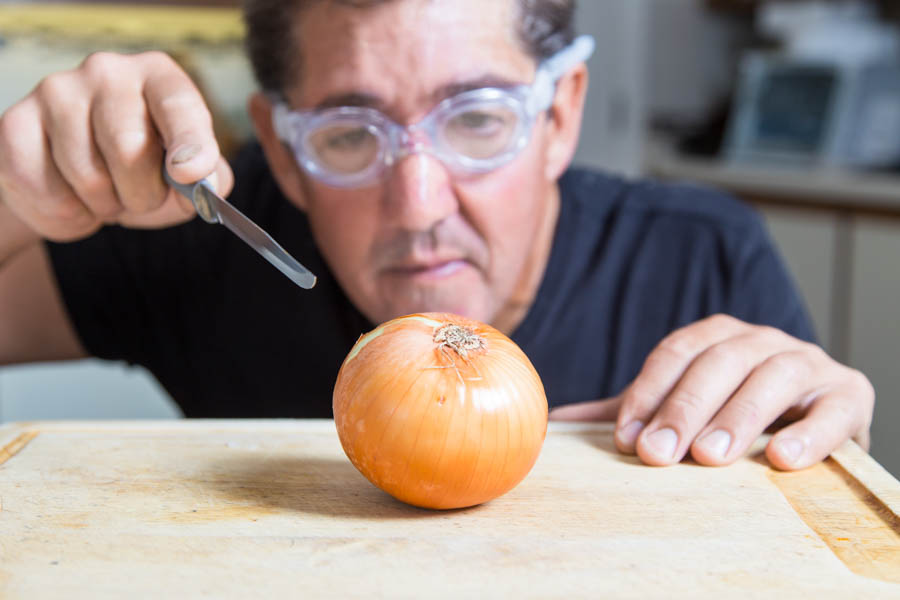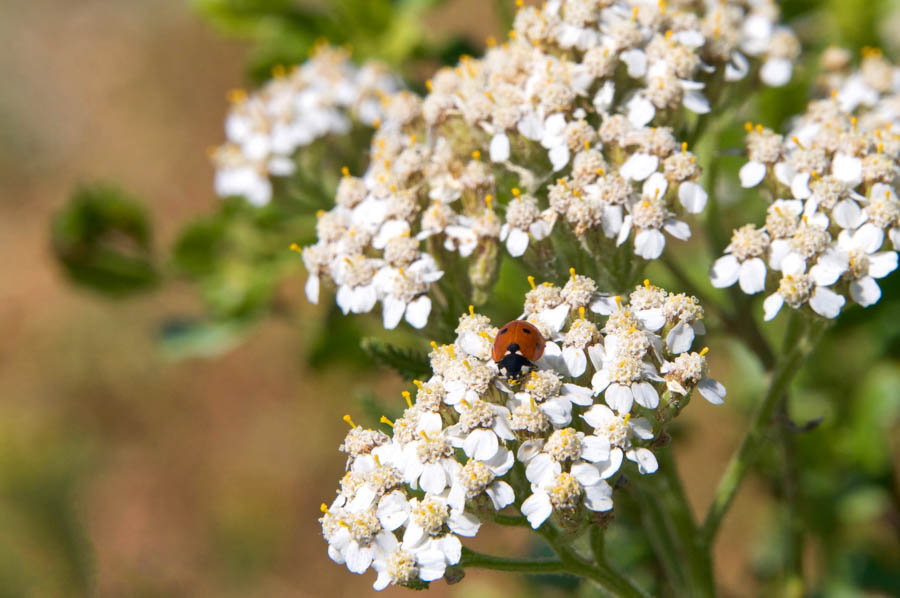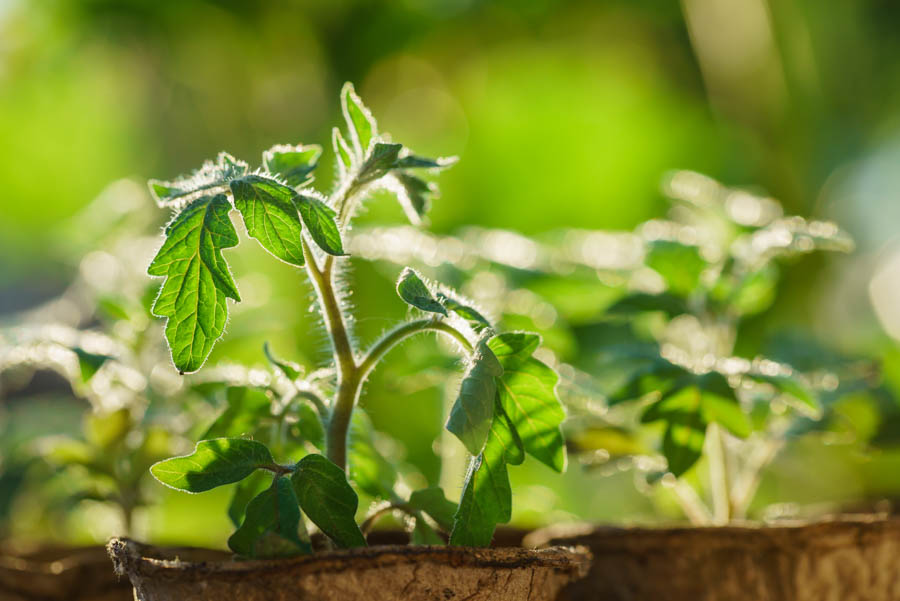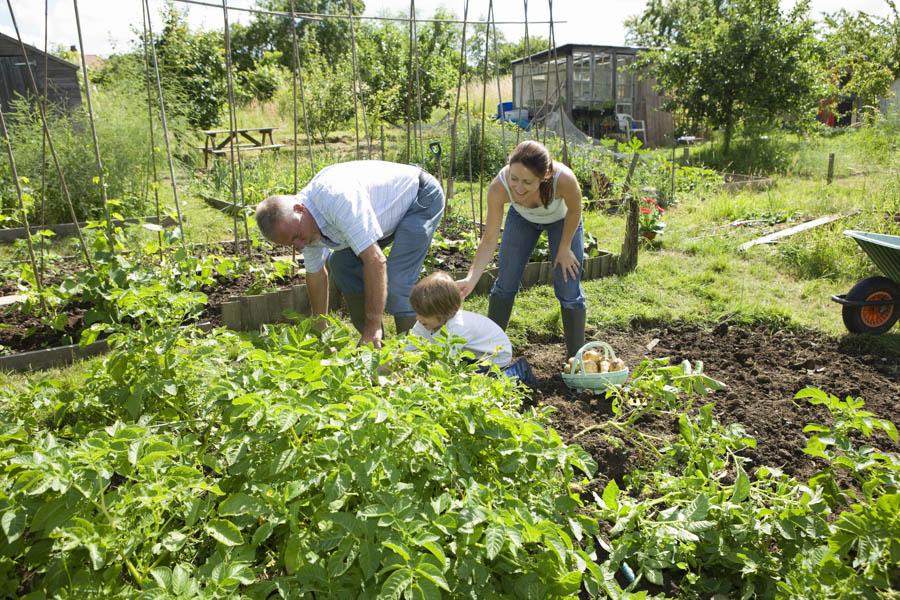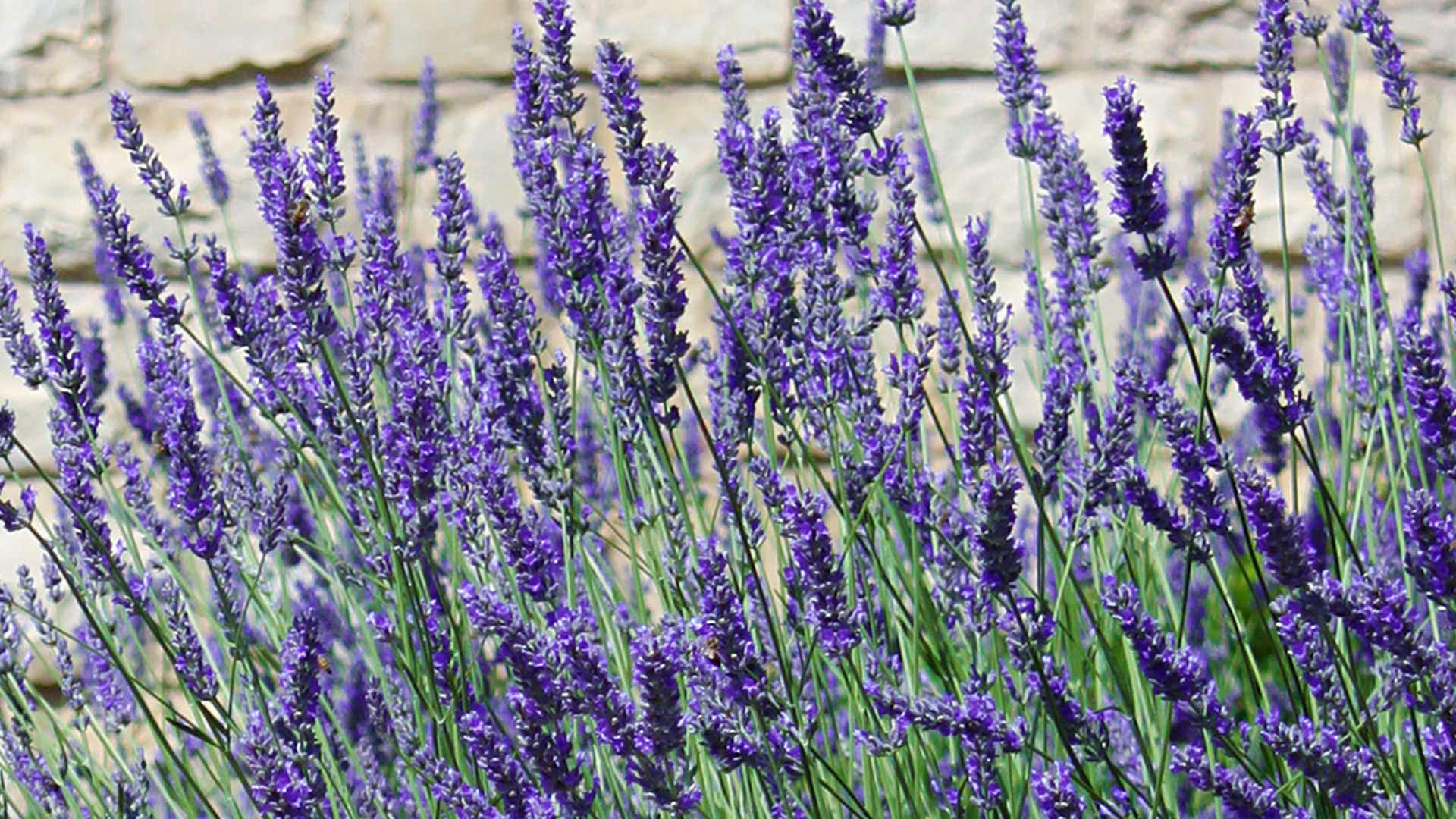Dig in
How to Fertilize Pumpkins for Maximum Success
Pumpkins are heavy feeders. GardenZeus recommends testing your soil to determine nutrient levels prior to applying fertilizer. Work compost, composted manures, or well-rotted organic matter into soils before planting, and maintain nutrient-rich surface dressings under mulch. Bury plugs of finished compost or worm compost a few inches outside of the driplines of established pumpkin plants […]
Read More
Tomatoes and Pollination
June 15, 2017
Nothing But Tomatoes
/ Organic Gardening: Vegetables
/ The Mighty Garden Archive
By: Ann Clary
Tomatoes produce perfect flowers that are generally self-pollinating, which means that little effort or concern is usually needed from gardeners for tomato pollination. Gently shaking stems with blossoms once or twice per day may increase pollination. At cool and hot temperatures, most varieties of tomatoes do not pollinate well and may drop blossoms. For most […]
Read More
3 Tips for Growing Tomatoes in June
June 14, 2017
GardenZeus Southern California
/ Nothing But Tomatoes
/ Organic Gardening: Vegetables
/ The Mighty Garden Archive
By: Ann Clary
Control aphids and hornworms. Insect attacks on tomatoes by aphids and hornworms are common in late spring and early summer. Pick hornworms by hand, and use a strong stream of water to remove aphids. This closeup photo shows aphids on the back of a leaf. Hornworms often blend well into the green foliage. Control ants. […]
Read More
Practice Sustainable Gardening: Naturalizing Parsley
By this time of year, parsley plants will have gone to seed in most parts of Southern California. But rather than viewing the end of fresh parsley from your garden with despair, view it as an opportunity: the opportunity to engage in sustainable gardening practices by naturalizing parsley. How to Naturalize. One of the best […]
Read More
Onions and Onion Tears
Onion tears are caused by a gas that combines with water in your eyes to produce an acid. GardenZeus expert Darren Butler’s preferred solution to onion tears is to wear airtight goggles, which may also serve pleasingly to contribute to one’s reputation as a nonconformist and freethinking gardener and cook, particularly with friends of teen-aged […]
Read More
How to Grow Carrot Plants in a Sustainable Garden
We all know what a carrot plant looks like—a stocky root with greens on top—but in a sustainable or ecofriendly vegetable garden, maybe not. Healthy, vigorous carrots in full flower can be a sight to behold, and bear little resemblance to carrots when harvested or purchased for eating. Often reaching a few to several feet […]
Read More
Tips for Late Tomato Planting in Hot Summer Areas
June 12, 2017
GardenZeus Southern California
/ Nothing But Tomatoes
/ Organic Gardening: Vegetables
/ The Mighty Garden Archive
By: C. Darren Butler
Want to plant tomatoes in June or July shortly before the full heat of summer arrives but not sure it’s a good idea? This article gives tips and advice for succeeding with late tomato planting in hot-summer, mild-winter California areas, particularly in these GardenZeus zones: – California Climate Zone 12: Southern Inland, More Extreme – […]
Read More
Down and Dirty 7: Mudpies and Fizz: Easy Home Tests for Soil pH
June 10, 2017
Down and Dirty Southern California Gardening
/ Gardens Are For Fun
/ The Mighty Garden Archive
By: C. Darren Butler
Down and Dirty Southern California Gardening A weekly GardenZeus article series to help gardeners succeed in Southern California’s unique climates and growing conditions. Post 7: Mudpies and Fizz: Easy Home Tests for Soil pH GardenZeus receives commissions for purchases made through links in this post. Concerned that your soil pH may be high or low? Use these […]
Read More
Quick Tip: How to Make a Lavender Bathing Infusion
June 10, 2017
Gardens Are For Fun
/ Organic Gardening: Herbs
/ The Mighty Garden Archive
By: Ann Clary
The word “lavender” may be derived from the Latin “lavare,” the verb “to wash,” which hints at the plant’s longtime use as a bathing infusion. For a medicinal, fragrant bath, run very hot water and infuse about 1 cup of dried lavender flowers or 2 cups of fresh flowers (or to preference) for about 10 […]
Read More
